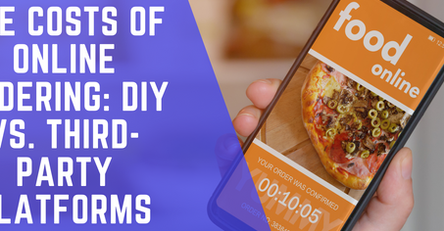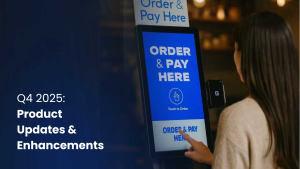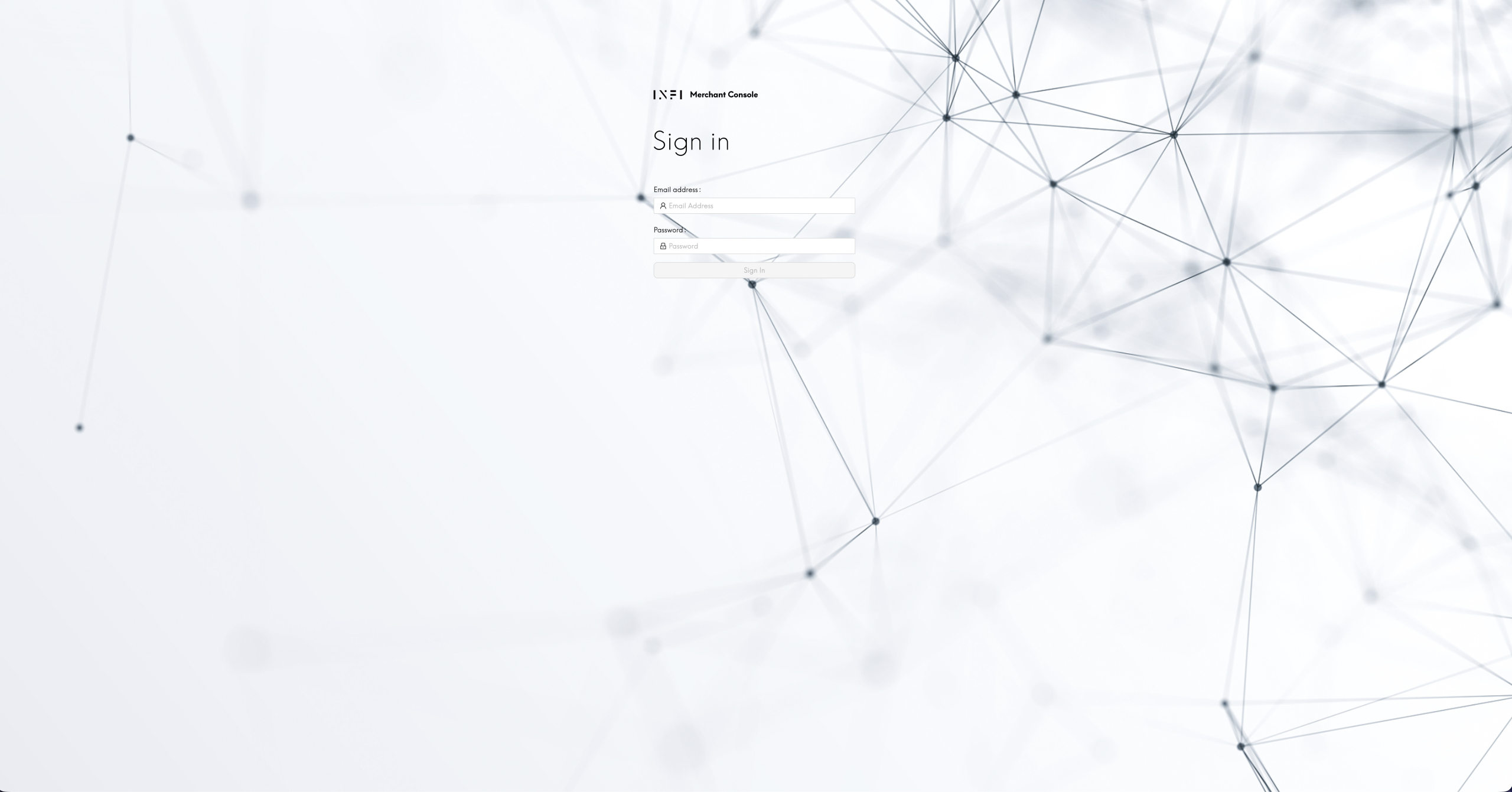How Much Does It Cost To Open a Boba Shop?

Starting any type of business is a major financial decision: You need to have access to capital, a solid business plan, and a good location. You also need a business mindset — and if you have one, you may have already considered opening your own bubble tea business. This milk tea drink has become a hit among Gen Z and millennials alike in recent years, so boba shops are great additions to large cities and college towns!
But if you’re serious about opening a boba shop, you’re probably wondering how much it costs. In this article, we’ll cover the initial costs of opening a boba shop, ongoing operation costs, as well as the profitability of a boba tea business.
Initial Costs of Opening a Boba Shop
The initial costs of opening a boba shop can range anywhere from $15,000 to as much as $200,000. This range is so wide because there are many factors, such as location, construction and remodeling, business licenses, technology, boba tea equipment, ingredients, and staff.
Shop Location (Renting or Buying)
The physical location of your boba shop is a large part of your initial startup costs. Whether you’re renting your shop or buying outright, you’ll need cash upfront. Buying a small shop can vary greatly in price depending on the geographic area and how the real estate market is performing. As of 2020, the average price per square foot for stand alone retail shops in the U.S. was $294 per square foot, according to Statista. However the average price per square foot dropped dramatically to $127 per square foot if the retail shop was in a shopping center. So, if the space you want to purchase is 1,500 square feet (which is average for a boba shop), the price could range from $190,500 to $441,000.
Of course, buying your location is an initial investment, and most often, the longer you own the shop, the more likely the building is to increase in value. Owning your location also gives you more control over the premises — meaning that if you ever want to remodel, you won’t need permission from a landlord.
On the flip side, renting also has its perks. It requires less upfront capital and is a lower risk: You can walk away at the end of a lease, and are off the hook for many of the gritty details that come with property ownership (like taxes). So when you’re deciding whether to rent or buy your boba shop location, consider your upfront investment budget and your risk tolerance.
Remodeling
The next thing you need to think about when it comes to starting up your boba tea shop is remodeling. Even if you rent a storefront, you need to budget money to build out your space to meet the needs of your restaurant. If your space doesn’t have an ample counter, you may consider building one. Or maybe you’d like a more modern environment with fresh flooring and new fixtures.
A typical size for a boba shop can be anywhere from 1,000 to 1,500 square feet. According to Building Journal’s construction estimator, for a 1,500-square-foot retail location with mid-level finishes, you’d be looking at roughly $118 per square foot for renovations (or over $177,000 total).
Business Licenses and Certifications
Another cost that makes up a large portion of the budget when opening a boba shop is the business licenses and certifications required for operation. Licenses can vary between states, but generally you’ll need a food service license, a general business license or permit, a federal employer identification number, a sales tax permit or business number, and a certificate of occupancy.
It’s recommended that prospective business owners set aside at least a few thousand dollars for licensure and certification. Be sure to consult the U.S. Small Business Administration (SBA) to determine additional (or different) licensing requirements for your state.
Order Taking and Payment Technology
Technology is another huge area of investment when it comes to opening a boba tea shop. In post-pandemic society, customers often expect (and 67% prefer) to be able to use technology to place orders and make payments easily — without help from an employee. This could include expanding payment technology, building a website or mobile app with online ordering capabilities, or installing a self-ordering kiosk in your boba shop. These types of technology investments cost around $1,250 upfront, with additional fees for software and installation (if needed).
Learn more about self-service kiosks from INFI with a free demo.
Boba Tea Equipment
Next, you have your boba tea equipment costs. This equipment is essential to running your business, so it’s not recommended to skimp on it. You’ll need large appliances like freezers, stovetops for cooking boba (or an automated tapioca pearl maker), blenders, a bubble tea shaker, a sealing machine, a fructose dispenser for consistent drinks, and stainless steel work benches. You’ll also need smaller equipment like syrup pumps, measuring cups, shaking and mixing cups, tapioca containers, and strainers.
Depending on how automated you want your bubble tea store to be, the equipment can set you back around $10,000. For example, this popular automatic tapioca pearl maker alone retails for just over $3,200.
Boba Tea Ingredients and Supplies
Ingredients and other boba supplies are another significant consideration. You’ll need flavored powders and syrups, tapioca starch pearls, green, white, and black tea, milk, creamers, sweeteners, and fruit purees. You’ll also need supplies like cups, lids, straws, plastic for cup sealers, and any other tea shop supplies.
Your boba shop ingredients and supplies are typically one of the less expensive investments in this whole process. However, quality and quantity are factors. High end ingredients are more expensive, but buying in bulk quantities usually works out to cost less per drink.
Staffing
A final cost to consider when initially starting up your boba shop is staffing. Staffing costs can range a lot depending on how large and busy your boba shop is. If you operate in a busy college town, you may need more staff members when school is in session.
Traditionally, it’s recommended for businesses to keep labor costs anywhere between 20% to 35% of gross sales, according to Chron.
Other Boba Shop Costs
Beyond the initial startup costs, there are other smaller costs to keep in mind that are often overlooked or forgotten in the budgeting process.
Business Insurance
Business insurance is one of those things you don’t want to pay for, but are extremely glad you have it when you need it. Typically when starting up a bubble tea shop, you’ll want to purchase general liability insurance. According to TRUiC, the average boba shop in the U.S. spends between $500 and $1,200 per year for $1 million in general liability coverage.
Marketing Activities
Marketing and advertising are key pieces of any entrepreneur’s success, so be sure not to overlook these activities.
First, you need to let the community know that you’re there — and ready to make them the best bubble tea in town. Utilizing a marketing strategy that combines digital (like social media and paid online advertising) and grassroots efforts (such as local signage, ads in community newsletters) is a great start. Many times you don’t even need a huge upfront investment — setting aside even a couple thousand dollars can go a long way.
Franchise Costs
In the bubble tea business, franchise opportunities are common. But along with franchising comes an initial franchise fee. This is typically just one part of the overall bubble tea franchise investment and usually ranges from $20,000 to $50,000.
Boba Shop Decor
The last area for budgeting we want to point out is shop decor for your small business. You want to make your shop feel inviting, which can come at a cost. And if you hire a designer to help you, you could be looking at several thousand dollars.
If you’re trying to keep shop decor costs low, think about embodying a sustainable vibe and check out local second-hand retailers for eclectic, vintage decor.
Are Boba Shops Profitable?
The bubble tea industry was valued at nearly $2.5 billion worldwide in 2021, and it’s expected to continue growing over the next decade, according to Small Biz Trends. It is possible to see a gross profit margin of 70% to 80% in the boba business, however, there are several factors riding on this: the quality of your drinks, the demographic and the interest of the community, and the prices you charge.
In short, business owners can absolutely run profitable boba shops, but you must ensure your drinks are consistently delicious, connect with the community to establish long-term customers, and keep prices high enough to see a profit. In fact, a 350% markup per drink is common for the industry, according to Boba Tea Direct.
Some boba tea businesses you can look to for inspiration are:
- Gong Cha: Founded in Taiwan in 2006 and has 20 cafes in California
- Kung Fu Tea: Started in Queens, New York, and now has more than 250 locations
- Sharetea: Founded in 1992 in Taipei, Taiwan and currently has over 500 locations in 15 countries
Other consideration we’ve been asked about:
Q: How do I conduct a thorough market analysis to identify my target demographic within Gen Z and millennials?
A: To conduct a comprehensive market analysis, start by leveraging social media analytics to understand the preferences and behaviors of Gen Z and millennials. Use tools like Instagram Insights or Facebook Analytics to gather data on what these demographics are engaging with. Additionally, review local census data to understand the demographic composition of your intended location. Focus on factors like income level, preferences (e.g., for vegan or gluten-free options), and lifestyle choices that prioritize convenience and sustainability. Tailoring your offerings involves not just meeting these needs but also engaging with your target audience through platforms they use and values they support.
Q: What strategies can I employ to differentiate my business from competitors?
A: Differentiate your business by offering unique selling propositions (USPs) such as exclusive flavors, sourcing ingredients locally for freshness and sustainability, and integrating technology for a better customer experience. Consider creating a memorable brand experience through distinctive shop decor, hosting community events, and offering a loyalty program. Emphasize what makes your boba shop unique, whether it’s your commitment to the environment, community involvement, or innovative drink creations.
Q: What are the best practices for managing operational costs, including staffing, inventory, and technology?
A: Best practices for managing operational costs include implementing an efficient inventory management system to track and optimize stock levels, cross-training staff to enhance operational flexibility, and investing in technology that improves efficiency and reduces long-term costs. For instance, digital ordering systems can streamline operations and reduce the need for front-of-house staff. Additionally, regularly negotiate with suppliers or join a buying group to lower the cost of ingredients and supplies without compromising quality.
Q: What factors should I consider when planning for the long-term growth and potential expansion of my boba shop?
A: For long-term growth and expansion, assess your current business’s performance, including sales trends, customer feedback, and profitability. Research potential locations carefully, looking for markets with similar demographic profiles to your current successful operations. Consider the scalability of your concept, especially how to maintain quality and service across multiple outlets. If considering franchising, develop a detailed operational manual and training program to ensure consistency. Keep a close eye on financial metrics such as ROI and cash flow to determine the right timing and strategy for expansion.
By addressing these questions, prospective boba shop owners can develop a more strategic approach to launching and growing their business, ensuring they meet the needs of their target market while differentiating themselves in a competitive landscape.
Boost Your Boba Shop Profitability With INFI
In addition to ensuring your boba tea is high quality and consistent, you can also boost your shop’s profitability by using technology to your advantage. Because the target market for bubble tea is young adults and teens, digitization is imperative.
For a number of technology offerings like self-service kiosks and digital signage to excite your customer base, check out INFI and get a free demo of our self-service kiosk solutions.
Related Posts
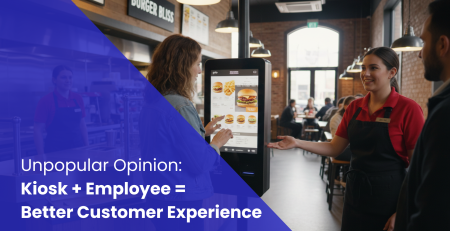
Unpopular Opinion: Kiosk + Employee = Better Customer Experience
For years, the conversation around self-service kiosks has been framed as kiosks versus employees. Either you automate and lose the...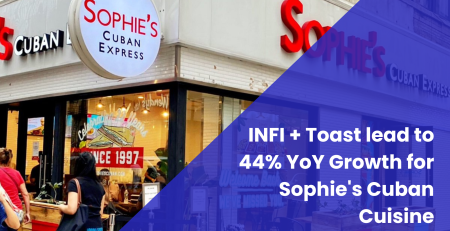
Case Study: Sophie’s Cuban Cuisine Drives Revenue Growth with Advanced Self-Order Kiosk Technology
Client: Sophie’s Cuban Cuisine Industry: Fast Casual Dining Locations: 11 Point of Sale: Toast Key Stakeholder: George J. Cestero, COO & IT/Digital Marketing Director...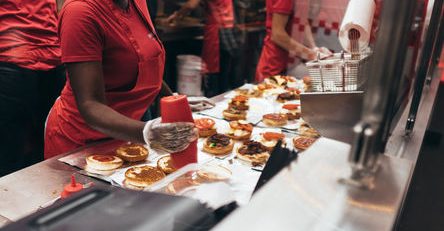
6 QSR Trends That Are Changing the Restaurant Industry
Today, QSR establishments continue to see ongoing changes in response to social and technological developments. We’ve compiled six of the...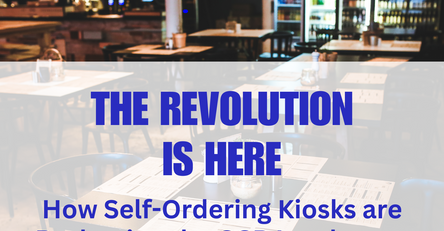
The Revolution is Here: How Self-Ordering Kiosks are Reshaping the QSR Landscape
One particular innovation has started to significantly reshape the QSR industry landscape—self-ordering kiosks.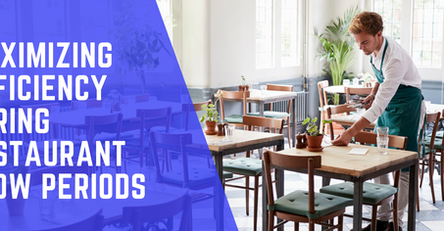
Maximizing Efficiency During Restaurant Slow Periods: A Digital Approach
This blog post explores how to navigate these slow periods effectively, focusing on digital investments and smart strategies to enhance...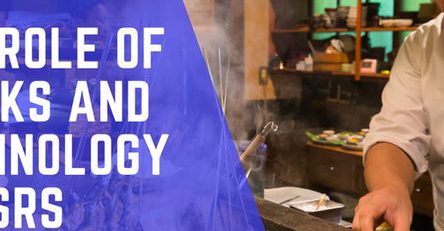
Navigating the Future of QSRs: The Role of Kiosks and Technology
We went through these articles and skimmed through the almost 500 comments to get some insight on how people are...
How to Open a Pizza Place: Step-by-Step Guide & Tips
If you’re considering starting a pizza place, follow this comprehensive guide to ensure your success.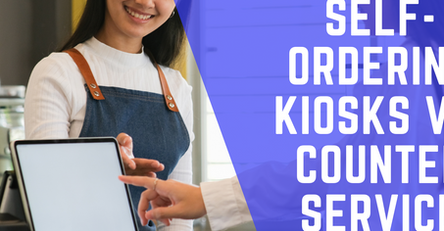
Comparing Self-Ordering Kiosks vs. Traditional Counter Service: Which Is Right for Your Restaurant?
This article delves into the pros and cons of self-ordering kiosks versus traditional counter service to help you determine which...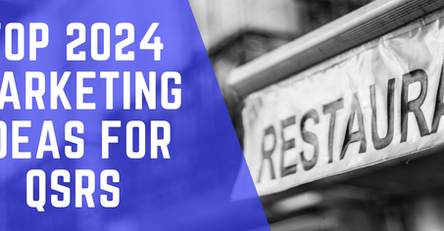
Top Marketing Ideas for Quick Service Restaurants (QSRs)
QSRs need to leverage creative approaches to boost brand visibility and drive sales. Here are some top marketing ideas...